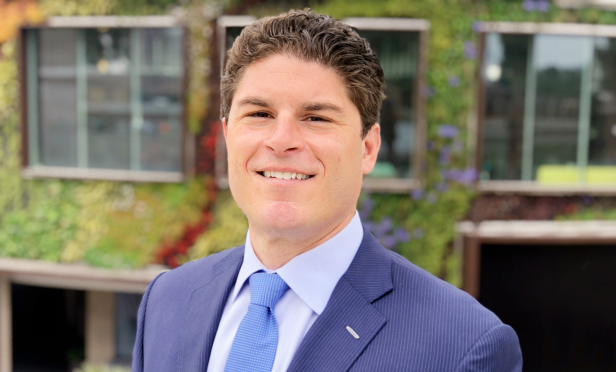San Diego's retail market had a rough third quarter. According to a new report from CBRE, the San Diego market had 241,000 square feet of negative retail absorption in the third quarter and asking retail rents fell $0.02 per square foot. The negative absorption was driven by a handful of large move outs concentrated in North County. While this is certainly a slip, it could turn out to be good news for landlords looking to make adjustments that will produce more favorable results in the future.
"Optically, it looks like a negative trend, but some of the retailers that haven't renewed is actually a favorable thing for the landlord, like, for example, the Ralphs in Oceanside that decided not to renew," Matt LoPiccolo, first VP at CBRE, tells GlobeSt.com. "The landlord of the property had been monitoring sales volumes for the last year of two to gauge tenant interest. Some of the negative absorption is going to be met favorably with landlords that are perusing better uses to have rents reset the market. This is a stat that will be favorable in 9 to 12 months."
Ultimately, this leasing trend may produce better lease rates and stronger tenants for retail owners, especially those that are strategic. "I think that landlords will be able to capture market rents that may be higher than previous tenants," says LoPiccolo. "The only thing that will buffer that is the tenant improvement allowance and construction costs to reposition the space."
This trend is part of a long-play strategy for landlords to adjust to the new retail environment. This will likely mean seeing some increases in vacancy to optimize retail assets. "Landlords are looking at contingency plans and figuring out what the tenant needs to be successful along with the terms and the cost to reposition," says LoPiccolo. It is really an economic equation: are the alternative costs to reposition better than what I currently have?"
There are several opportunities to fill vacant boxes. Gyms and soft goods users top the list. "For the bigger boxes, we are seeing a lot of interest from gym tenants and soft goods retailers," adds LoPiccolo. "Those are both viable options, and those are the two categories where you are seeing the most interest for repositioning. Other grocers have also been active in the marketplace as well. Brands like Aldi have been expanding and taking some of these spaces."
As for the dip in rental rate, LoPiccolo says that is tied to the increased construction costs and tenant improvement costs, rather than a simple price per square foot. "The cost element of getting a new lease done is becoming a factor in lease rates," says LoPiccolo. "The negotiation is less predicated on cost per square foot and more on tenant improvements and leasing fees."
© Touchpoint Markets, All Rights Reserved. Request academic re-use from www.copyright.com. All other uses, submit a request to [email protected]. For more inforrmation visit Asset & Logo Licensing.







